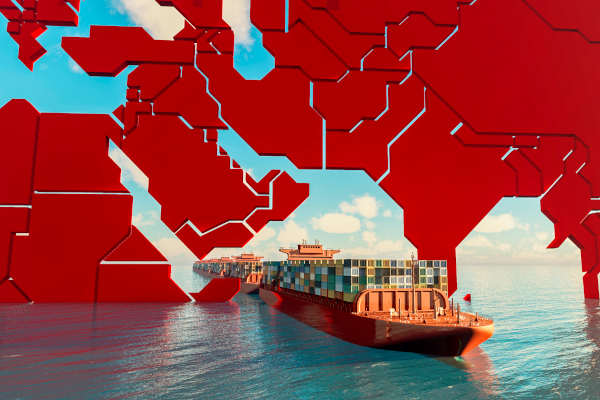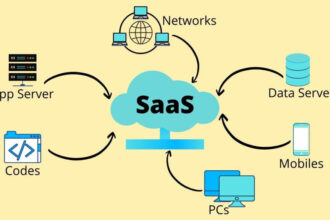In an era where geopolitics influences nearly every sector, supply chain leaders are facing an unprecedented challenge: ensuring that their operations can withstand global disruptions. With recent events—from trade wars and sanctions to resource shortages—highlighting supply chain vulnerabilities, it’s clear that traditional logistics strategies may no longer be enough. The question becomes: how can businesses prepare for geopolitical uncertainties without sacrificing efficiency?
The Rising Geopolitical Risks in Supply Chains
For decades, globalization allowed companies to diversify sourcing and leverage cost efficiencies. However, global dependencies have also introduced risk. Trade tensions, such as those between the U.S. and China, exemplify the complexity. When tariffs and sanctions disrupt supply chains, companies are forced to find alternative sourcing or absorb higher costs, which isn’t always feasible. Additionally, political shifts, such as the war in Ukraine, illustrate how regional conflicts can ripple across global markets, affecting everything from commodity prices to transportation.
Today’s supply chain leaders face not only the immediate impacts of these events but also long-term unpredictability. Many companies are therefore moving away from a “just-in-time” model that prioritizes cost and speed toward a more resilient “just-in-case” approach. This shift requires strategic planning, investment in risk analysis, and flexible logistics.
Strategic Challenges for Supply Chain Leaders
To achieve geopolitical readiness, leaders must navigate three primary challenges: visibility, flexibility, and risk assessment.
- Enhanced Visibility
The first step to readiness is achieving end-to-end visibility across the supply chain. Knowing where potential vulnerabilities lie—whether they’re in sourcing, transportation, or manufacturing—allows leaders to address them proactively. Visibility has become especially vital in complex global networks where disruptions can occur at multiple points. Technologies like artificial intelligence (AI) and Internet of Things (IoT) enable real-time tracking and predictive analytics, helping companies detect and mitigate issues before they escalate. - Building Flexibility into Supply Chains
Flexibility means being able to shift quickly when one part of the chain is compromised. To build this flexibility, companies are increasingly adopting multi-sourcing strategies, forming partnerships across various regions. For example, when one supplier is affected by geopolitical unrest, alternative suppliers in different regions can help maintain operations. Some firms are also exploring reshoring—bringing production closer to home—to minimize exposure to international risks. Flexibility doesn’t only mitigate risk; it also helps companies respond to demand shifts and manage inventory more effectively. - Proactive Risk Assessment and Scenario Planning
Geopolitical forecasting is now a critical component of supply chain strategy. By conducting regular risk assessments, companies can anticipate and prepare for potential disruptions. Scenario planning allows leaders to explore hypothetical situations—such as sanctions, conflicts, or cyber-attacks—and develop action plans. With simulations, leaders can also test their supply chain’s responsiveness, identifying weak points and strengthening them proactively. This approach may require investing in specialized teams or tools to monitor geopolitical changes and analyze their potential impacts on operations.
Moving Toward a Resilient Future
As geopolitical pressures evolve, supply chain leaders must adopt a mindset that values resilience over efficiency. This doesn’t mean abandoning cost-effective practices; rather, it means balancing them with risk management. Leading firms are investing in sustainable practices, localizing certain processes, and incorporating technology that allows for real-time adaptability.
Some companies have already made strides in this direction. For example, Apple diversified its manufacturing to include facilities in India, thus reducing its dependency on any single region. Meanwhile, other firms are forming strategic alliances with governments to ensure stability in their supply chains.
Ultimately, achieving geopolitical readiness requires that leaders prioritize strategic resilience. By balancing cost, efficiency, and risk, they can position their companies to thrive, even in an unpredictable global environment.
Conclusion
Geopolitical readiness in supply chains is no longer a luxury; it’s a necessity. For businesses to withstand global shocks, they must focus on visibility, flexibility, and proactive risk assessment. Leaders who embrace this forward-thinking approach will be better equipped to safeguard their operations and ensure a sustainable future for their organizations.






